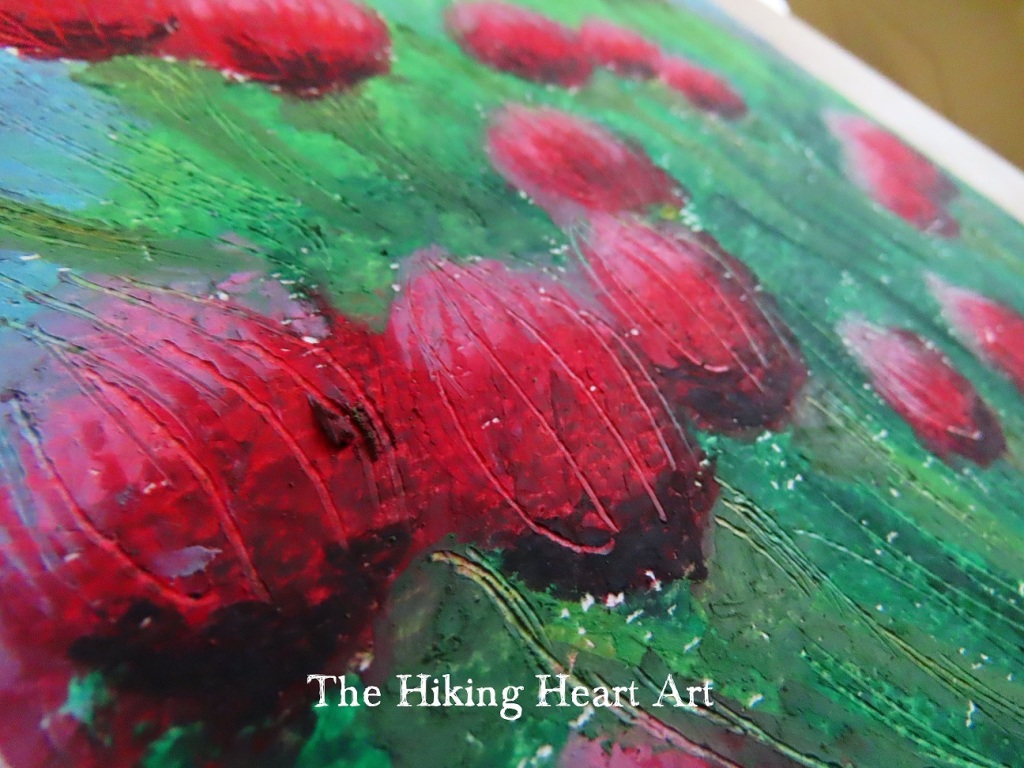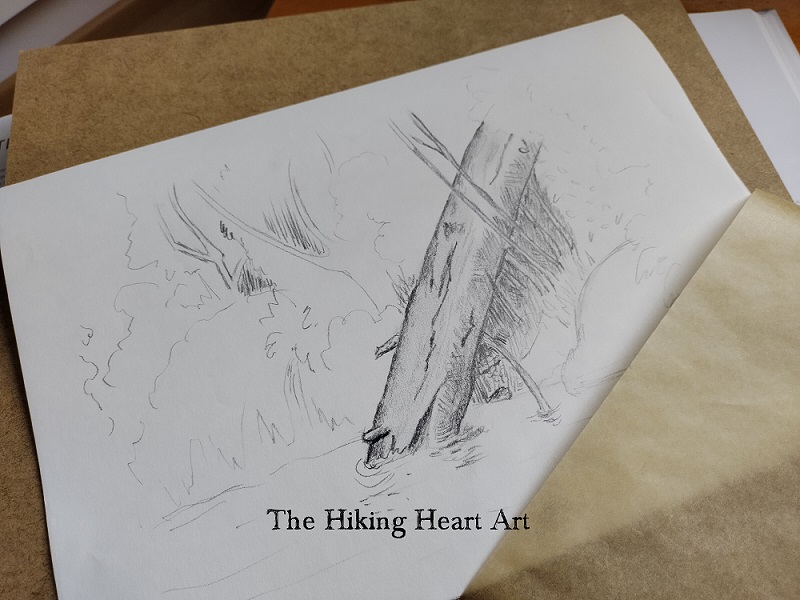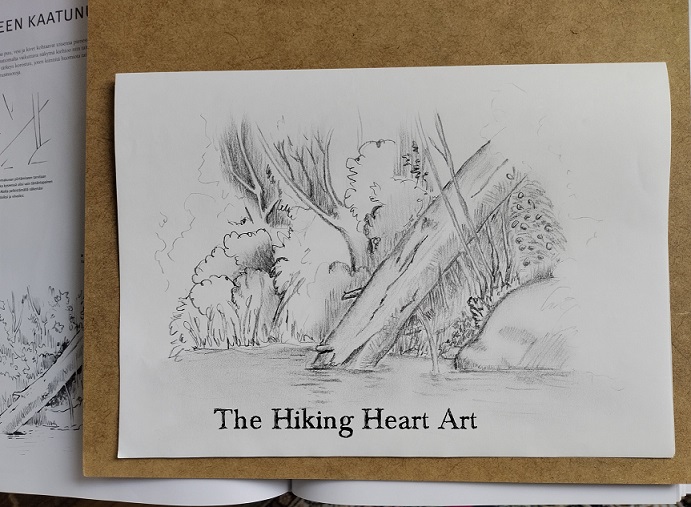
So, today is August 9th, also known as the Moomin Day. Today we celebrate one of our most beloved Finnish artist Tove Jansson and her Moomin books. We also celebrate Finnish Art.
August 9th is actually Tove Jansson’s birthday. She was born 9.8.1914 in Helsinki and died 27.6.2001 in Helsinki. She was a writer, painter and and illustrator, who made the famous original Moomin books. Muumit (that’s what we call these quirky characters in Finland) are an inseparable part of the childhood on many Finns, including myself. There were also Moomin animations on TV and Moomin comics on newspapers. Growing up I always read the Moomin comics on local newspaper. They were the original black and white comics and in my opinion the best character was without a doubt Haisuli (Stinky). Nowadays, the Moomin are still very popular in Finland and almost every home has some kind of Moomin-related item. We have one Moomin-mug and the adventuring character on the mug is – of course – lovely Haisuli.
I have always loved children’s books illustrations. I adored as a child Jill Barklem’s Brambly Hedge-series. All those details and the color choices were just sublime, so she gets a special mention in this post even though she is not Finnish. I was a member in a Finnish children’s book club as a child (cannot remember the clubs name….) and some of those books are basically etched into the retinas of my eyes. The ultimate number 1 was Leena Erkkilä’s book Kuottarulla (1974, WSOY). I was beautifully made, almost like graphic art print. Vibrant colors and really good use of black. The heroine of the story was a girl called Kuottarulla, who solved everybody’s problems. Sadly I don’t have the book anymore, it got really damaged from all the reading and just fell apart.
Entering motherhood took me yet on another trip through children’s books illustrations, but this time on a rather boyish trip. We read authors like Mauri Kunnas and Aino Havukainen and Sami Toivonen. Mauri Kunnas is probably best known for his Santa Claus-book. We as a family loved his Joulupukki ja noitarumpu-movie (Santa Claus and the magic drum, 1996). Also his book Hullunkurinen lintukirja is a treasure (Gummerus 2008, it’s about birds, but in a comically way). But I cannot write about Finnish children’s literature without bringing up Tatu and Patu-bookseries, created by Aino Havukainen and Sami Toivonen. These books are undeniably the most hilarious books of all time, and the illustrations are amazing. We always read the latest Tatu and Patu-book even though our son is already a teenager.
I have toyed with the idea of making a children’s book myself, but I think now is not the right time. Some of my paintings do have that kind of illustrative elements, so maybe some day I’ll make one of my own. The painting at the top of this post is one of those that have that “bookish vibe”. I often check my color values on a blank watercolor paper when I paint. Sometimes these marks that I make evolve into another painting and this “Peter’s Island Adventure” is one of them. So there were only different size color spots on the paper and with some more watercolor and markers I painted what I saw in those spots. Up came my son Peter and his adventures on “our” island. I think this method is one of the most enjoyable and I really recommend to try it.







